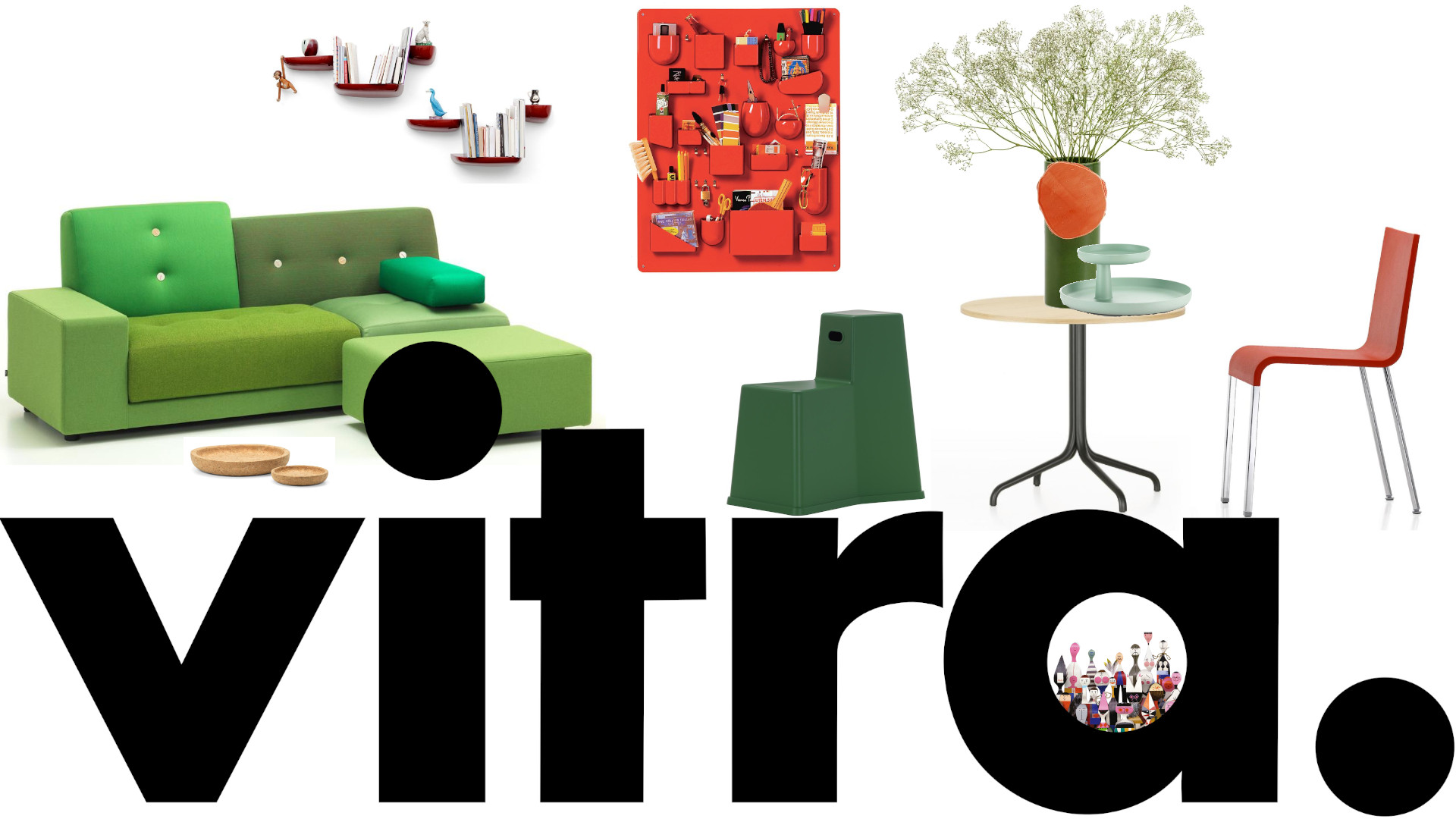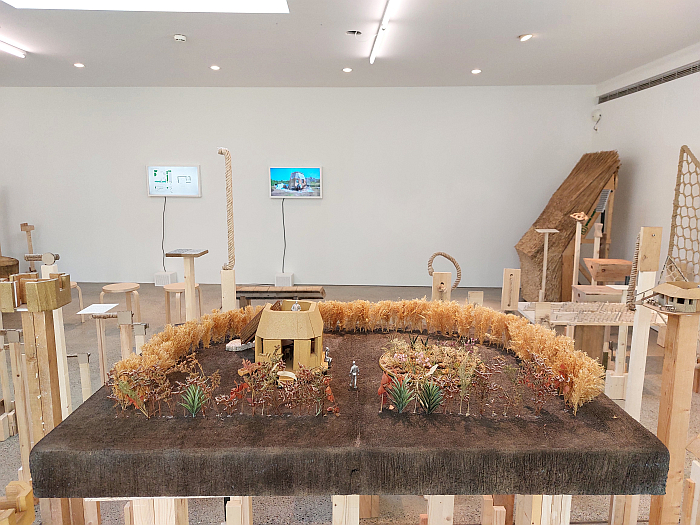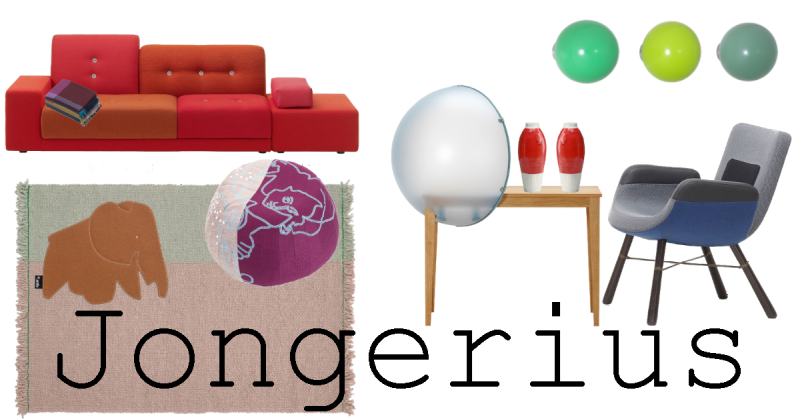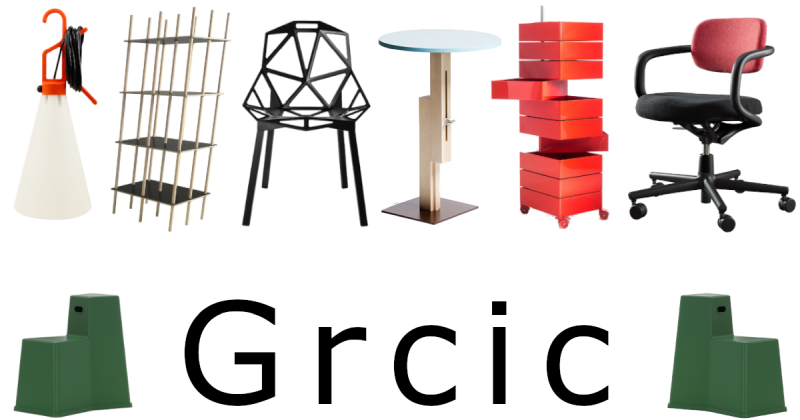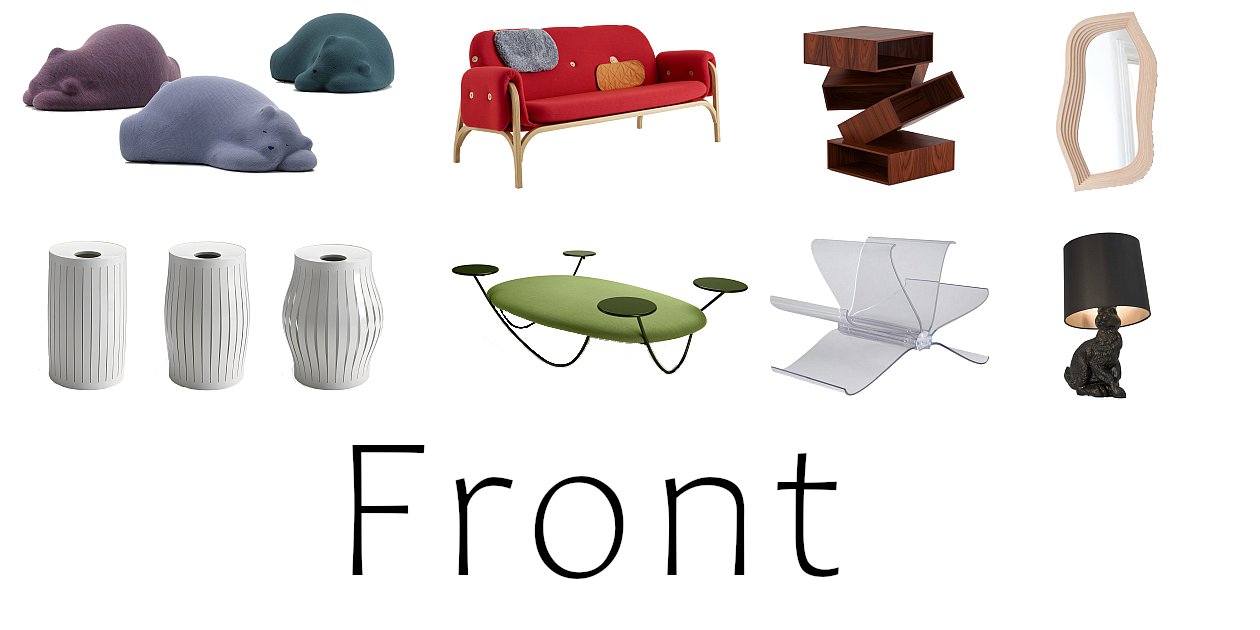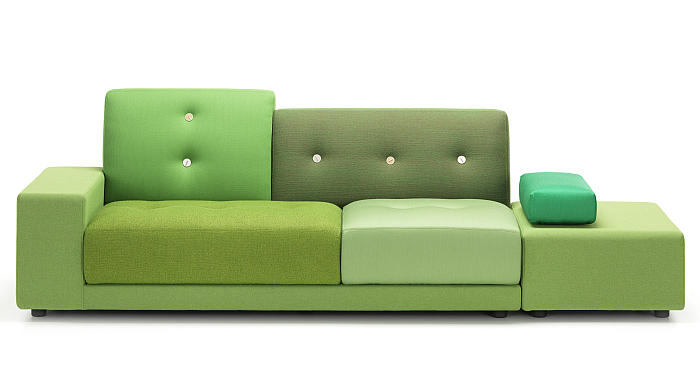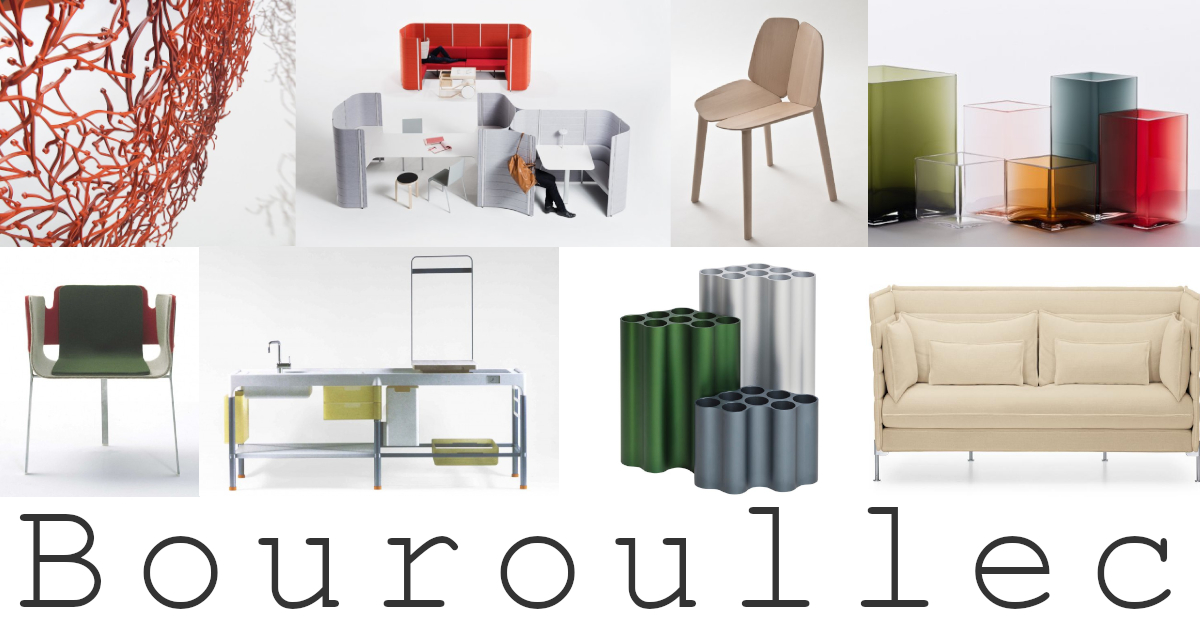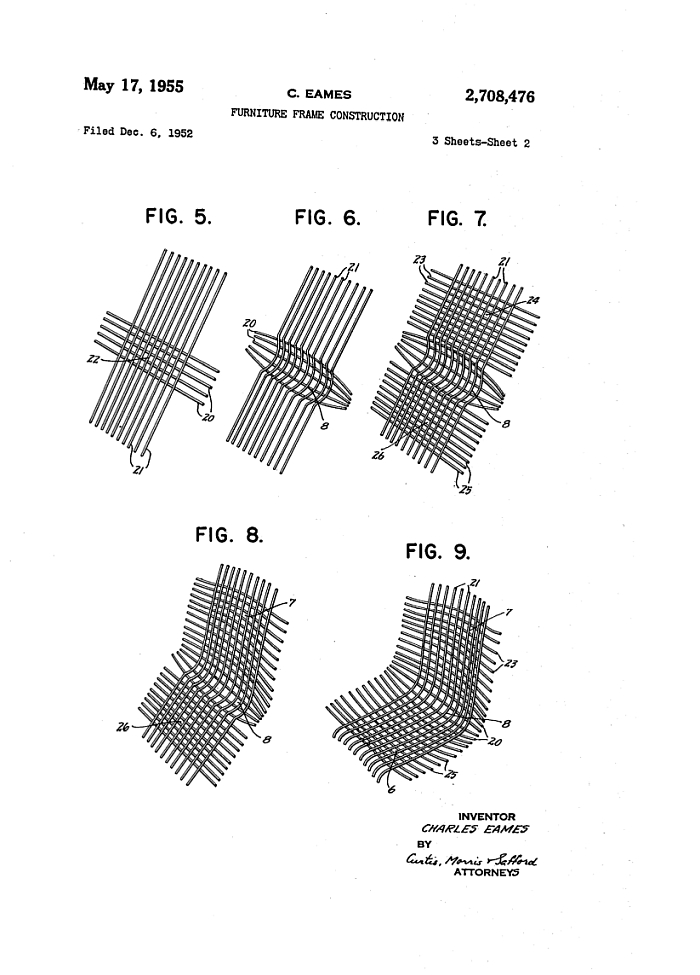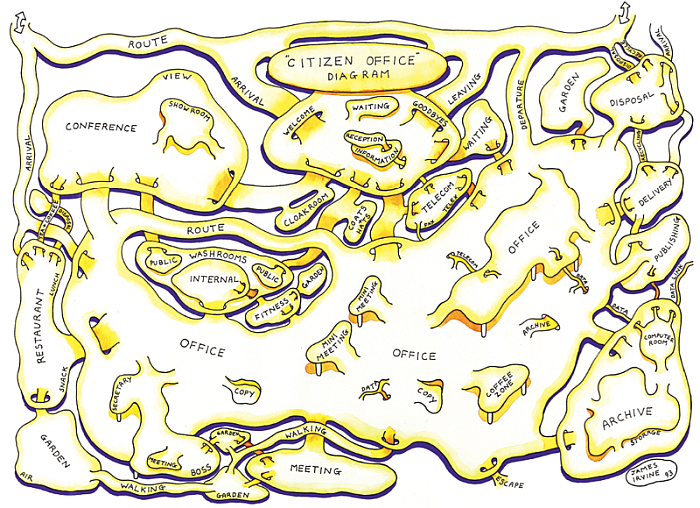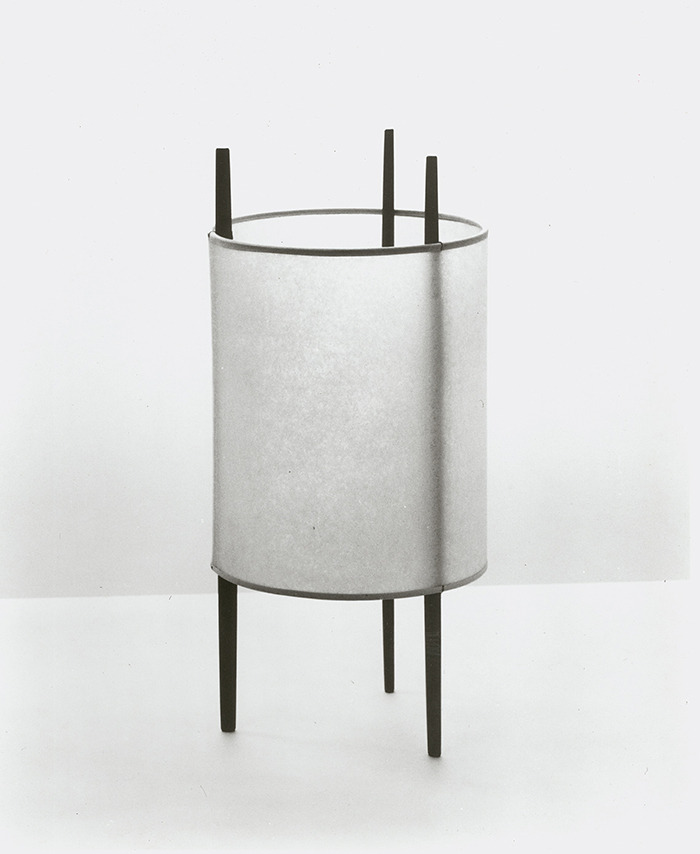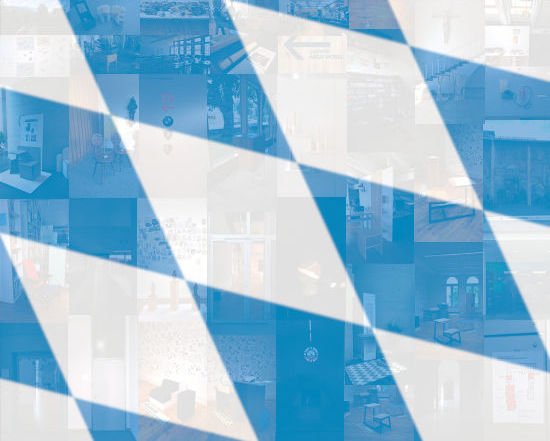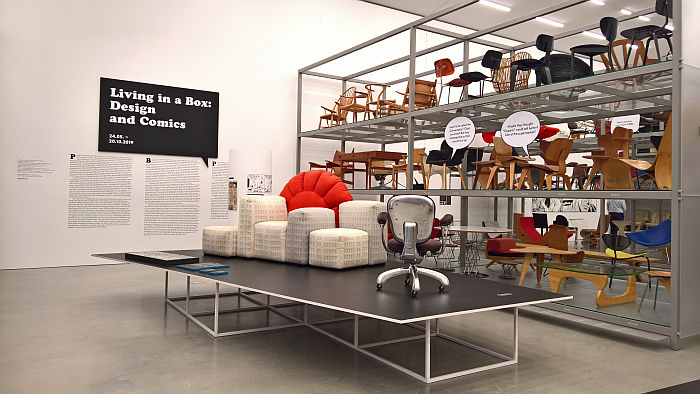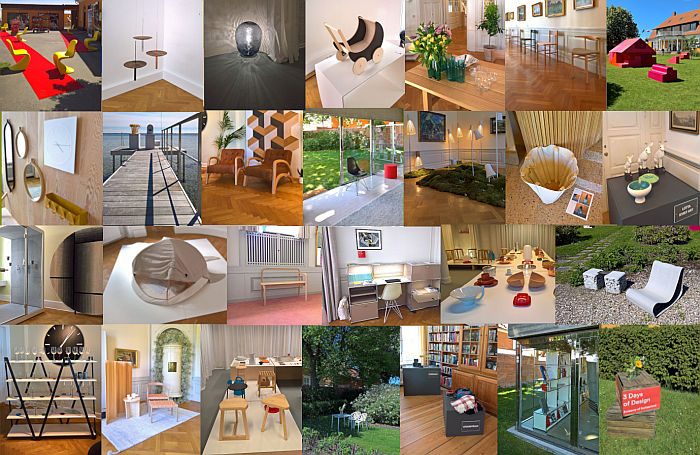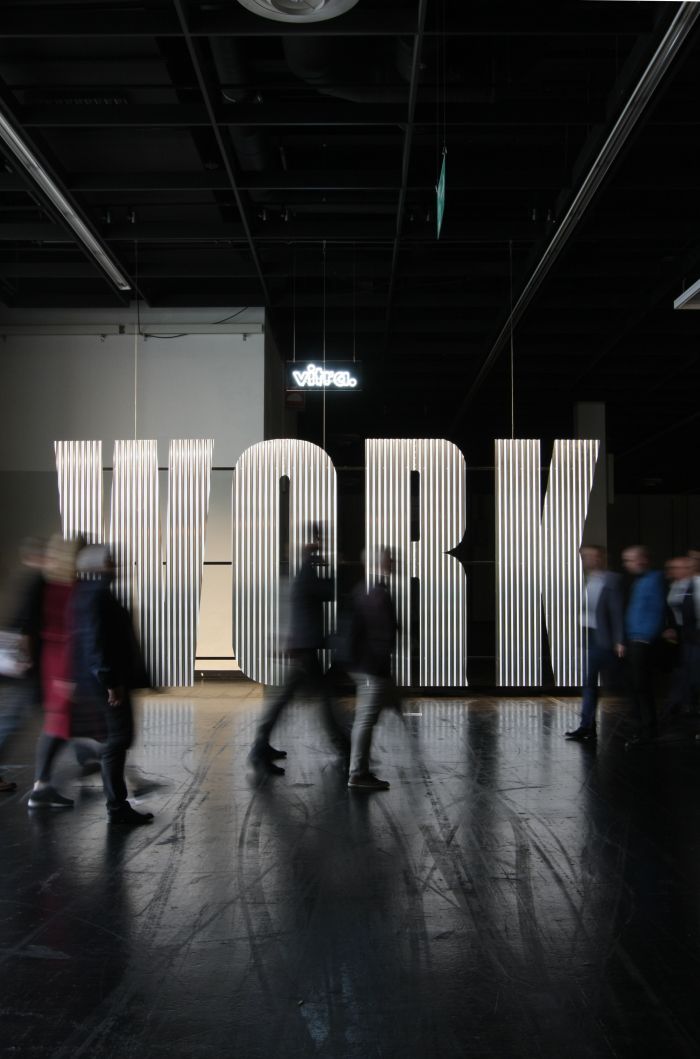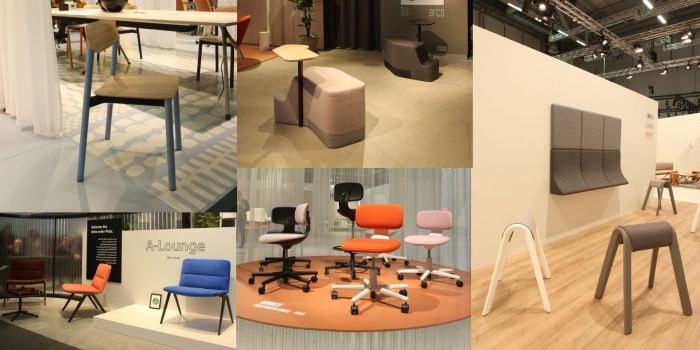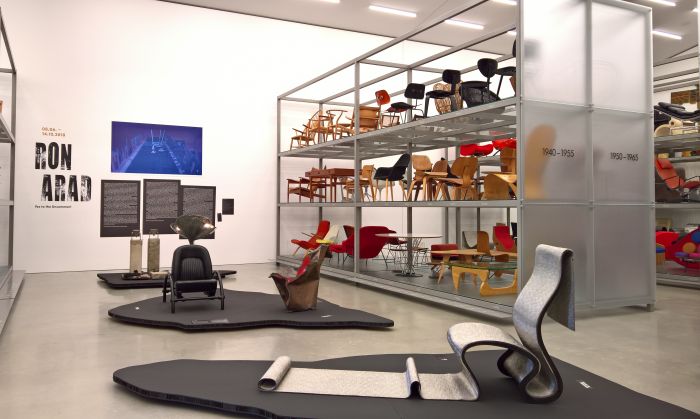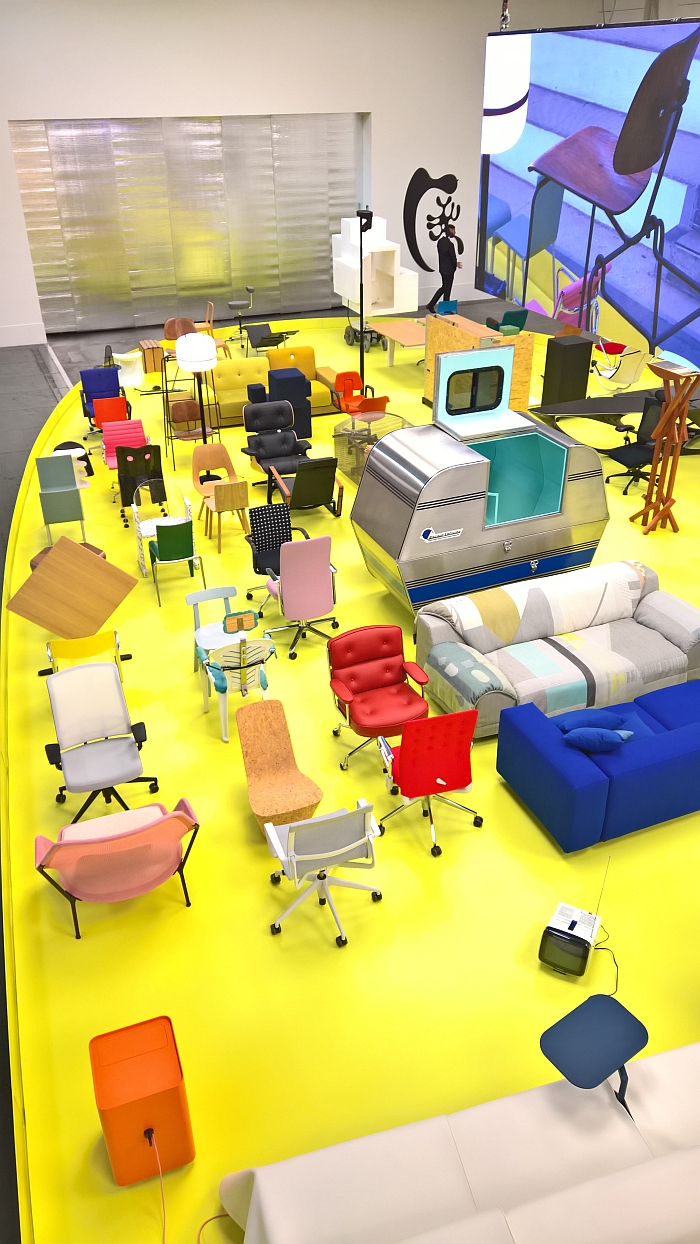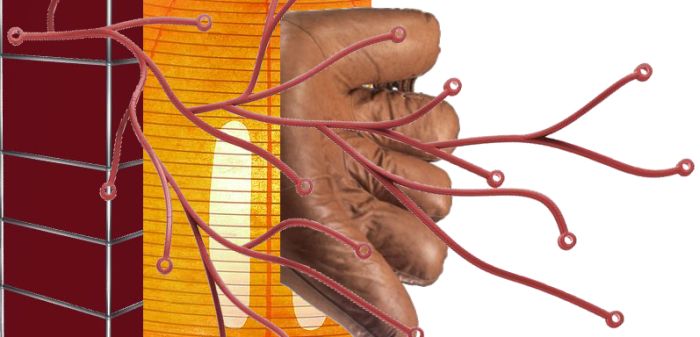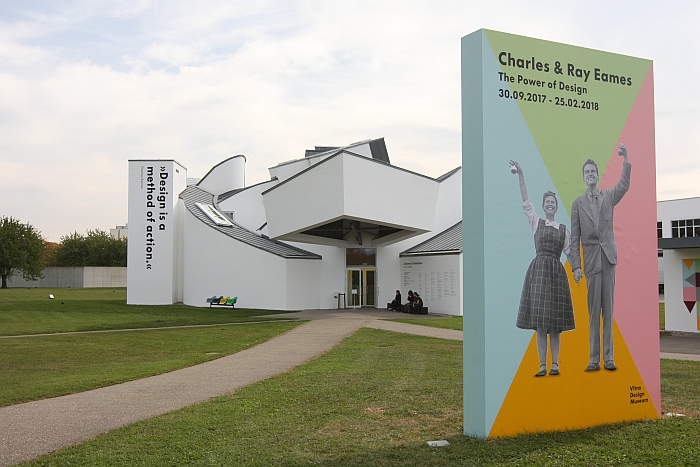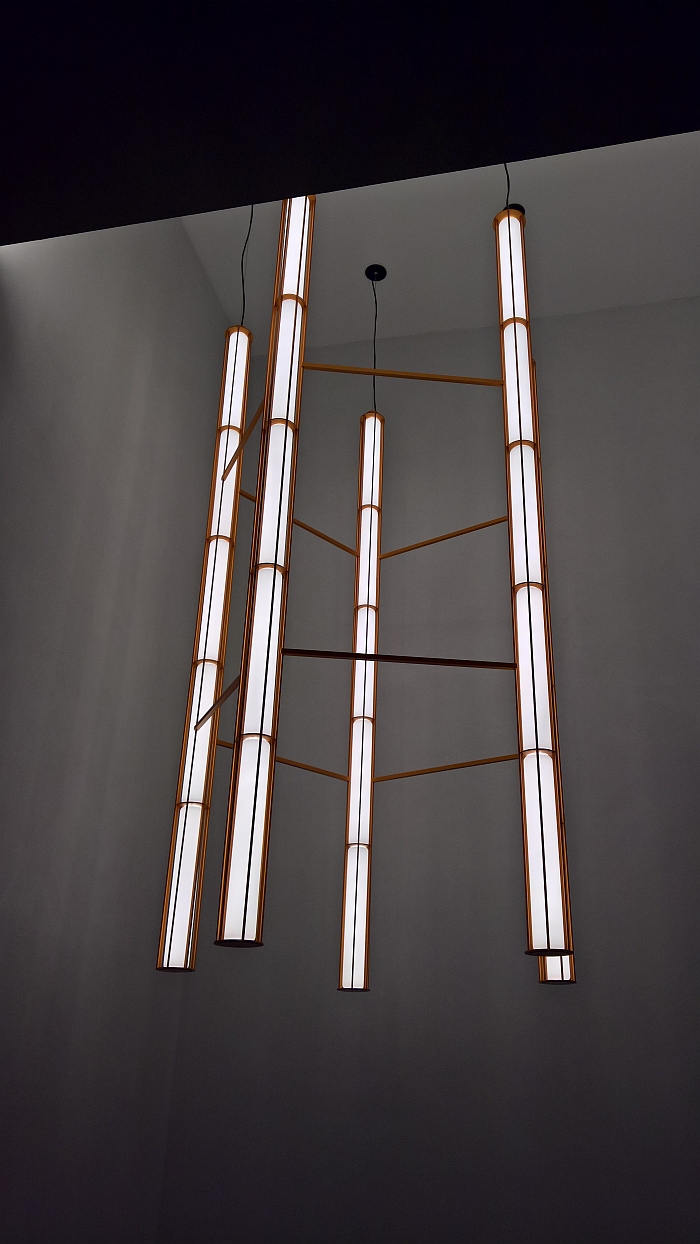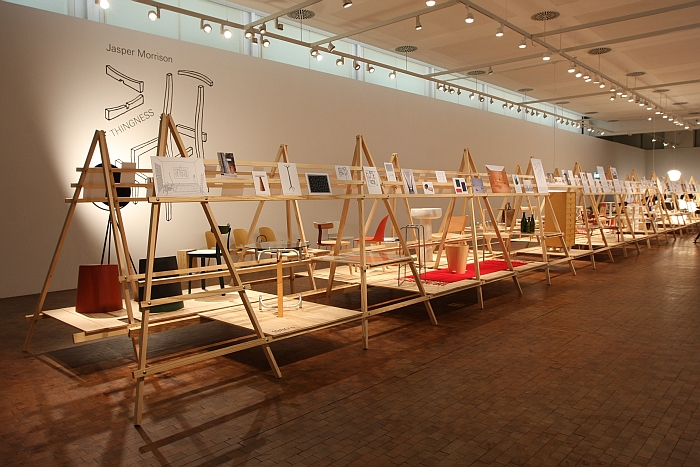Category: Vitra
Tsuyoshi Tane: The Garden House in the Vitra Design Museum Gallery and on the Vitra Campus, Weil am Rhein
“When architecture is born, a place is born” opined Japanese architect Tsuyoshi Tane in 2018, continuing, “humans began to understand that by building architecture, a meaning is given to a place, and then that place has a story that can be passed on to others”.
But for Tane architecture doesn’t just bequeath a place meaning and a story, it also “gives memories to a place”, memories of the past and memories of the future, collective memories that help create bonds. But memories that are increasingly being lost in our complex, high-tempo, contemporary society, with all the inevitable consequences that has for an architecture that must grow organically from itself in unison with society; architecture and society which both need the memories of the past and the memories of future.
Thus, argues Tane, “to create the architecture of a more meaningful further future, perhaps we must … dive in to the past to think of the future, rather than only looking forward”.1
The exhibition Tsuyoshi Tane: The Garden House in the Vitra Design Museum Gallery, and the eponymous Garden House by Tsuyoshi Tane, the latest addition to the Vitra Campus in Weil am Rhein, allow one to approach not only a better appreciation of Tane’s positions but also to experience how they influence and inform his approach, his works, his architecture…….
The Historia Supellexalis: “S” for Switzerland
Switzerland
A Confoederatio; A Range; A Context
The Historia Supellexalis: “J” for Jongerius
Jongerius
A Hella; A Lab; An Open-ended exploration
The Historia Supellexalis: “F” for Front
Front
An Anna; A Sofia; A Charlotte; A Katja; A Conduit.
Design. Colour. Theory.: Hella Jongerius – I don’t have a favourite colour
As the title of Hella Jongerius’s 2016 book I don’t have a favourite colour succinctly explains, Hella Jongerius doesn’t have a favourite colour.
Not that Hella Jongerius is indifferent about colours.
Far from it.
And in explaining why colours are important to her, and why she doesn’t have a favourite colour, Hella Jongerius helps one approach a better understanding not only of colours, nor only of our relationships with and to colours, but also helps one approach a better understanding of the functionalities of colour…….
The Historia Supellexalis: “B” for Bouroullec
Bouroullec
A Ronan; An Erwan; An unassuming, poetic, connection.
smow Blog Design Calendar: May 17th 1955 – Charles Eames Granted US Patent 2,708,476 for Furniture Frame Construction
On May 17th 1955 Charles Eames*, as assignor to the Herman Miller Furniture Company, was granted US patent 2,708,476 for a “Furniture Frame Construction”, specifically for, “a skeleton type metal furniture frame or shell construction” formed from “a plurality of lengths of wire arranged in crossed relation with another plurality of lengths of wire and welded thereto at their intersection…”1
A patent which although important and interesting in itself, is and was in many regards just as important and interesting for developments that arose on account of it. And for what its (hi)story can teach us about the work of Charles and Ray Eames……..
smow Blog Design Calendar: April 30th 1993 – Opening of Citizen Office at the Vitra Design Museum, Weil am Rhein
With the exhibition Citizen Office the Vitra Design Museum staged not only their first conceptual, research based, exhibition, but also one of the first museal reflections on “the world of the office”.
Reflections which not only pointed towards new directions and understandings then, but which offer insights and lessons for today…….
Lost Furniture Design Classics: Model 9 Table Lamp by Isamu Noguchi for Knoll Associates
Throughout his numerous lives and careers Isamu Noguchi practised as an artist, set designer, garden designer, furniture designer, lighting designer, etc…. yet through all incarnations he remained one thing: a sculptor.
Isamu Noguchi’s most popularly known work is inarguably his Akari lamps, yet before Akari there came a lamp which in many regards exists more in context of the man and his art than its more famous relations…..
#campustour 2019: Germany – Bavaria
If the recent history of Germany is one of East and West, the longer history is one of North and South; a history which, and simplifying to the point of falsehood, saw the rivalry and conflict between the Hanseatic League and the traders of the southern states become a rivalry and conflict between Prussia and the realms of Baden, Württemberg, Hessen and Bavaria: the latter being the most reluctant to ratify the 1870 November Treaties and join the new Deutsches Reich. A reluctance expressed not only by the then Bavarian parliament’s protracted deliberations on, and initial rejection of, the Treaties, but Bavaria’s then King, Ludwig II, he of the fairytale castles, absence from the formal proclamation of the Kaiserreich in January 1871.
Yet despite Bavaria’s long, deep, and (arguably) continuing, resistance and hostility to the union, it is Weißbier, Lederhosen and FC Bayern, and fairytale castles, which stand representative for many a non-German’s understanding of German identity.
Conversely, while Bavaria has contributed much to the development of contemporary design in Germany, not least through the efforts of, and amongst many others, the late 19th/early 20th century Vereinigte Werkstätten für Kunst im Handwerk, Die Neue Sammlung as one of the oldest and largest dedicated design museums, the Munich born and based designer Konstantin Grcic or Stuttgart born but Chiemgau based design publisher Nils Holger Moormann, the popular understanding of “Designed in Germany” lies outwith the Freistaat, in the realms of gute Form, largely developed in Ulm and arguably most popularly understood through Braun; in Stuttgart’s Porsche or Wolfsburg’s Volkswagen; or, and this year of all years, by Bauhaus, an institution which as we noted in context of our 2019 smow Song Contest coverage, was very, very Prussian in its make up, students from Bavaria being outnumbered by those from Mars. More or less.
But what can Bavaria’s design schools contribute to altering such a position? To raising the profile of Bavarian design? We can’t offer any concrete prognosis, or at least not here, logistic realities meaning that we only visited two Bavarian design schools, technically three but we’ll get to that, at length; however, from the two (three) we did visit……
Living in a Box. Design and Comics @ the Vitra Design Museum Schaudepot, Weil am Rhein
In these dispatches we once doubted the prevalence of designer furniture in comics, noting and acknowledging the regular appearance of popular furniture designs in other visual media, we, off-handedly, opined, “… Designer furniture in a comic?”
Elegantly proving us very, very wrong the Vitra Design Museum’s exhibition Living in a Box. Design and Comics not only explores the use and depiction of designer furniture and lighting in comics, but also considers how comics have contributed to and influenced furniture and lighting design.
3daysofdesign Copenhagen 2019: #embassytour
In centuries past traditions were something that were established slowly, often becoming such long after those who had began them, who had understood their origins, meaning and function in contemporary society, had shuffled off this mortal coil; in our contemporary world traditions arrive over night, no-one having the patience to wait, no-one wanting to miss out on anything.
In which sense, celebrating in 2019 its second edition, our traditional 3daysofdesign Copenhagen #embassytour.
Vitra – Work @ Orgatec Cologne 2018
At Orgatec Cologne 2016 Vitra staged, in effect, their own trade fair, renting an entire hall and inviting family and friends along to share the space and their ideas on the future of work.
And obviously had a lot of fun and/or success with the concept.
For at Orgatec Cologne 2018 they once again staged the Vitra Fair……. Work
Orgatec Cologne 2018: High Five!!
As previously, and repeatedly, noted, one of the defining aspects about an office furniture fair such as Orgatec Cologne is that wherever one looks one sees a similar vista. Whereas in terms of domestic furnishings there are enough genres of furniture and interpretations of those genres to allow for a, at least relatively when not necessarily satisfyingly, varied landscape, office furniture is much more limited, not only doesn’t have the variety of genres, but has a few that are essentials; consequently every manufacturer has very similar product lines, every manufacturer has, for example, a height-adjustable desk, a sofa with high sides, a desk height rocking stool, a modular bench system, and an office chair with flat, slightly organic quadratic armrests that resemble cutlery Georg Jensen may have produced in the 1960s. The differences are, generally, to be found in terms of mechanisms, connection systems, interfaces, materials or textiles, so very technical aspects. Very important aspects, very fundamental aspects, but things that aren’t necessarily instantly visible. Hence the visual monotony. And aspects which when explored in detail aren’t always that interesting/innovative/engaging/sensible/relevant/practical/functional/etc. It’s a tiring, thankless, business working your way through such a landscape.
Particularly a landscape such as Orgatec 2018 which was, at least as we experienced it, largely about consolidation, about manufacturers extending existing product families or presenting existing products in new materials, new textiles, new colours, new fragrances, etc, etc…..
Which isn’t to say it wasn’t a thankless and fruitless task, just thankless, and thus, and with the standard disclaimer that we have invariably missed numerous genuine highlights, a smow blog Orgatec Cologne 2018 High 5!!
Ron Arad: Yes to the Uncommon! @ The Vitra Design Museum Schaudepot, Weil am Rhein
In his Ron Arad monograph Restless Furniture Deyan Sudjic notes that the Sticks & Stones furniture crusher Arad developed for the exhibition Nouvelles Tendances staged by the Centre de Creation Industriel Paris in 1987 was itself only saved from the crusher through the post-exhibition “intervention of a friendly Swiss furniture manufacturer.”1
While all Swiss furniture manufacturers are friendly, one particularly friendly Swiss furniture manufacturer springs to mind whenever the discussion turns to furniture design as being more than the shape of a chair, furniture design as a cultural imperative or the preservation of furniture design heritage.
As if confirmation were needed, the Sticks & Stones crusher greets visitors to the Vitra Design Museum Schaudepot exhibition Ron Arad: Yes to the Uncommon!
Milan Design Week 2018 Compact: Vitra – Typecasting
Whereas exhibitions in which designers show prototypes and discontinued projects by way of explaining who they are, where they come from and how they work, are a, relatively, regular occurrence, exhibitions in which manufacturers do such are much, much rarer: with the exhibition Typecasting Vitra make a very rare and very welcome exception
And in doing so don’t just present an image not only of Vitra past, but also take a look into the future…..
smow Blog High 5 Special: When fashion meets design…..
As regular readers will be well aware, here at smow blog HQ we’re very much of the opinion that fashion isn’t design. Never was. Never will be. Design, and without wanting to wade too deep into the definition quagmire, arose from applied craft/applied art, fashion is applied craft/applied art. And so while unquestionably a creative discipline, isn’t design. Neither is Graphic.
Design can however inspire and influence fashion, past decades recalling numerous occasions of fashion houses being motivated by designers’ works, a particularly apposite recent example being the news that Swiss fashion house Akris have based their Spring/Summer 2018 collection on the works of Alexander Girard, news which motivated us to retrieve a few classic items from the smow blog wardrobe……
An Eames Celebration @ The Vitra Design Museum
With their 1997 exhibition The Work of Charles and Ray Eames the Vitra Design Museum staged one of the first major Charles and Ray Eames retrospectives
Twenty years later they return to two of the 20th century’s most important creatives with An Eames Celebration: less of Charles and Ray, and more of the diversity, depth and continuing relevance of their work.
smow blog compact Milan 2017 special: Ronan and Erwan Bouroullec
Much as we moan, moan, and moan about Milan Furniture Fair, it is a rare opportunity to get a snapshot of where individual designers are currently at: differing products for differing manufacturers being displayed in relatively proximity allowing for a nice overview. A few considerations on the latest projects by Ronan and Erwan Bouroullec for Vitra, Magis, Flos and Mattiazzi.
Jasper Morrison. Thingness at the Bauhaus Archiv Berlin
Thingness. Noun. [ˈthiŋ-nəs] The quality or state of objective existence or reality1
Thingness. Exhibition. [ˈthiŋ-nəs] A comprehensive Jasper Morrison retrospective currently on show at the Bauhaus Archiv Berlin.
Orgatec Cologne 2016: High Five!!
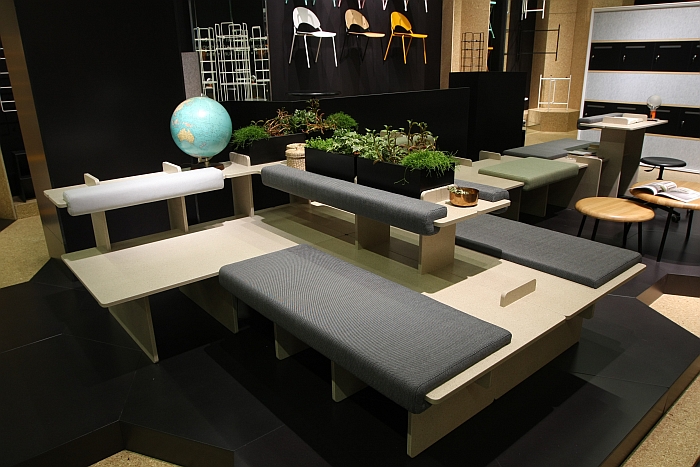
We must start with a confession . This High Five! is a High Four! Not because there weren’t good products
Orgatec Cologne 2016: Vitra – Work
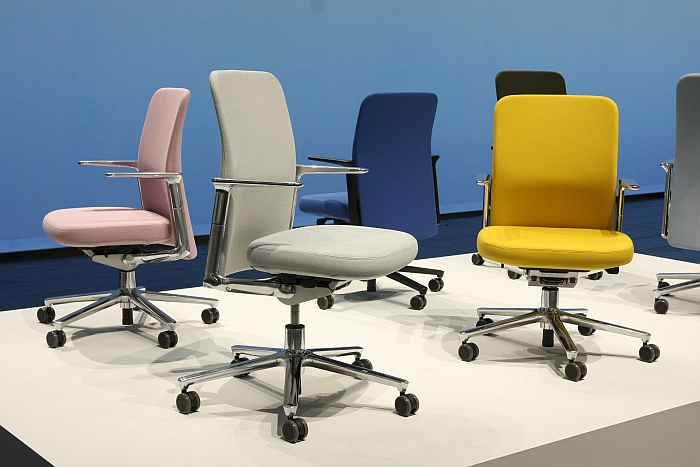
When we spoke with Vitra’s Chief Sales Officer Josef Kaiser at NeoCon Chicago he told us that at “Orgatec 2016
NeoCon Chicago 2016 Interview: Josef Kaiser, Chief Sales Officer, Vitra
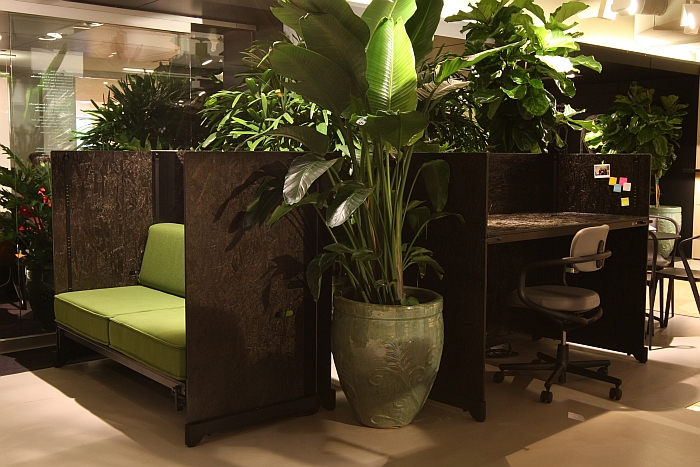
Although geographically the (hi)story of Vitra begins in Basel, spiritually it begins in America and arrives in Switzerland in 1957
